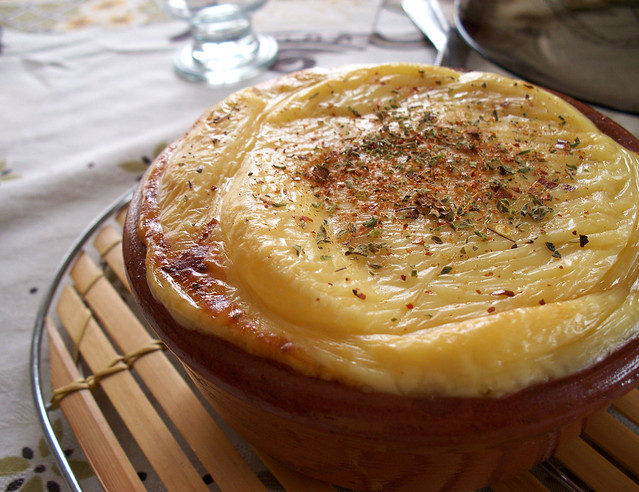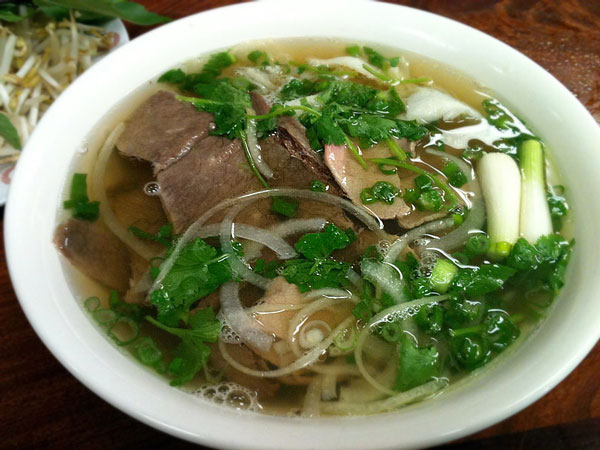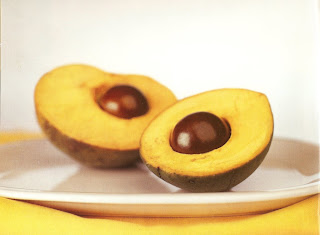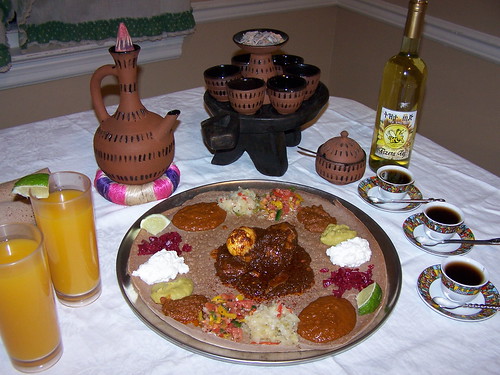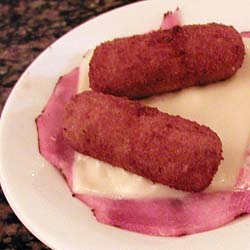All it takes is one visit to Louisiana to become intoxicated with its cuisine, whether it be the spicy rusticity of Cajun cuisine or the urban sophistication of its Creole cuisine. For people used to cuisines where spices and seasonings are heavily used, Louisiana's cuisines dispel the belief that all food in the United States is bland and uses limited seasoning. Anyone who loves to cook will find themselves stocking up on cajun seasonings, hot sauces, tasso, andouille, and filé to bring back home in the hopes of trying to recreate those almost ethereal flavors....but it's pretty hard without a grandmère or maman to give you guidance.
One thing that I've added to my ever-growing list of positive things about Broward County's dining scene is the fact that there are actually a few Louisiana-style restaurants here. Now, there are only 3 that I'm immediately aware of, but that's still more than I was used to seeing in Dade. Most recently, John and I paid a visit to a place we call "Chuck & Dave's". It's really Called Shuck n Dive, but upon quickly passing by one afternoon, I misread it as "Chuck & Dave's", and the name stuck. The restaurant is actually located within a strip mall that houses a couple of other good eateries, including the elegant Christina Wan's and a wonderful coffee house called Brew.
The ambiance is very kitschy and themed so as to feel as if you're in southern Louisiana. They only serve beer and wine here, so there was no opportunity for a daiquiri, but John started out with an Abita specialty beer. For appetizers, we shared an order of boudin sausage and fried green tomatoes. I had fried boudin balls at The Chimes in Baton Rouge and had heard a whole story about this Cajun specialty on NPR's The Splendid Table, so I knew what to expect - a natural casing surrounding a rich and spreadable combination of rice, spices, and often pig's blood. Their version was true to form and was delicious spread onto saltine crackers and topped with slices of pickled banana peppers. The fried green tomatoes were also good and arrived drizzled with a generous amount of remoulade, the Creole answer to the spicy mayo found at many sushi bars.
For an entrée, John had the Cajun sausage po' boy with tator tots, which was large enough for two people to share and offered a taste of Louisiana's most popular hand-held food at its best. The sausage, which is also imported from Louisiana, was perfectly cooked so as to provide the ideal balance of firmness and tenderness. The tater tots I would pass on, as they reminded me of what I was served at school cafeterias - memories that I prefer not to relive. I was in rare form that evening and was really craving seafood. Their selection of broiled and gratinéed oysters looked very tempting, so I ordered a tasting of 3 different varieties (6 in total) - Rockefeller, Bienville, and Black n' Blues (the restaurant's own creation). I actually ended up with 7 oysters, as the kitchen threw in an extra Oyster Rockefeller. All of the oysters were gently cooked, almost to the point of being rare, so as to keep their flavor and silky texture intact. Some of the toppings complimented the oysters better than others, however, and it's no surprise that the more traditional recipes won out over "Chuck & Dave's" own creation. The Oysters Rockefeller were offered a slight crunch from the parmesan topping and a green note from the spinach, as well as a light anise back note from the addition of the Pastis. The Oysters Bienville were, by far, my favorite: topped with a cream reduction studded with green peppers and bacon, and topped with parmesan cheese before going under the broiler. The Black n' Blues oysters were sprinkled with cajun seasonings and topped with crumbled blue cheese. While not bad, I thought that the blue cheese was too overpowering for the oysters.
The restaurant isn't dirt cheap, but the prices are still pretty reasonable. With the addition of my iced tea, everything that we had (including John's Abita) came out to $42 before tip, and we both left pretty satisfied. I'll definitely come back and taste "Chuck & Dave's" red beans and rice, gumbo, and Cajun mixed barbecue consisting of ribs, tasso ham, and sausages. I'm also looking forward to enjoying their Monday Muffaletta special, which can easily lay claim to being the "king of sandwiches."
Shuck n Dive
650 N Federal Hwy, Fort Lauderdale 33304
(Btwn NE 6th & NE 7th St)
(954) 462-0088
